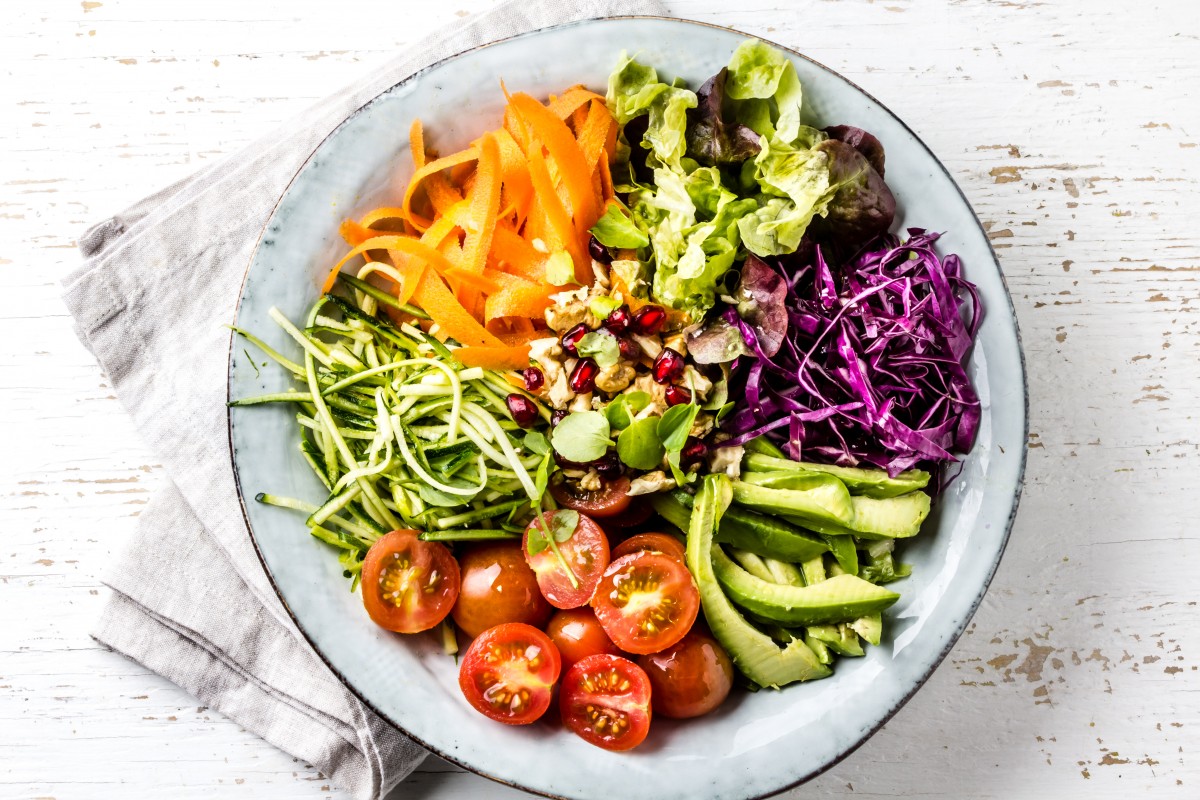Discovering the Delightful World of Egyptian Rice
When it comes to exploring the diverse and delicious world of rice, there are countless varieties to discover. One such variety that stands out for its unique flavor and cultural significance is Egyptian rice. Let’s delve into the fascinating world of Egyptian rice and uncover what makes it so special.
What Sets Egyptian Rice Apart?
Egyptian rice, also known as medium-grain rice, is a staple in Egyptian cuisine and is cherished for its distinct characteristics. Here are some key features that set Egyptian rice apart from other varieties:
- Grain Length: Egyptian rice is known for its medium grain length, which gives it a slightly plump and tender texture when cooked.
- Aromatic Qualities: This rice variety boasts a delightful aroma that adds an extra layer of flavor to any dish it’s used in.
- Absorbency: Egyptian rice has excellent absorbent properties, making it ideal for soaking up the flavors of the ingredients it’s cooked with.
Popular Uses in Egyptian Cuisine
Egyptian rice plays a central role in the country’s culinary landscape and is featured in a wide array of traditional dishes. From savory mains to delectable desserts, here are some popular uses of Egyptian rice in Egyptian cuisine:
- Kushari: A beloved Egyptian street food, kushari is a hearty dish made with Egyptian rice, lentils, chickpeas, and a tangy tomato sauce.
- Roz Bel Laban: This delectable rice pudding is a favorite dessert in Egypt, featuring Egyptian rice cooked in milk and sweetened with sugar and aromatic spices.
- Mahshi: Egyptian rice is often used as a filling for mahshi, a dish that consists of vegetables such as bell peppers, zucchinis, and grape leaves stuffed with a flavorful mixture of rice, herbs, and spices.
Cultural Significance
Beyond its culinary uses, Egyptian rice holds cultural significance in the country’s traditions and celebrations. It is often featured in festive dishes served during special occasions such as weddings, religious holidays, and family gatherings, symbolizing abundance, prosperity, and togetherness.
Cooking Tips for Egyptian Rice
To make the most of Egyptian rice in your own kitchen, here are some essential cooking tips to keep in mind:
- Rinsing: Before cooking, it’s recommended to rinse the rice thoroughly to remove excess starch, which can help prevent it from becoming overly sticky.
- Fluffing: After cooking, gently fluff the rice with a fork to separate the grains and achieve a light, fluffy texture.
- Seasoning: Consider adding aromatic spices such as cumin, cinnamon, or cardamom to infuse the rice with enticing flavors.
Exploring Egyptian Rice in Your Culinary Adventures
Whether you’re a seasoned food enthusiast or a curious home cook, incorporating Egyptian rice into your culinary repertoire can open up a world of delightful flavors and cultural experiences. From savory main courses to indulgent desserts, this versatile rice variety invites you to embark on a flavorful journey through the rich tapestry of Egyptian cuisine.
Next time you’re planning a culinary adventure, consider adding Egyptian rice to your shopping list and explore the endless possibilities it offers in creating memorable and mouthwatering dishes.











